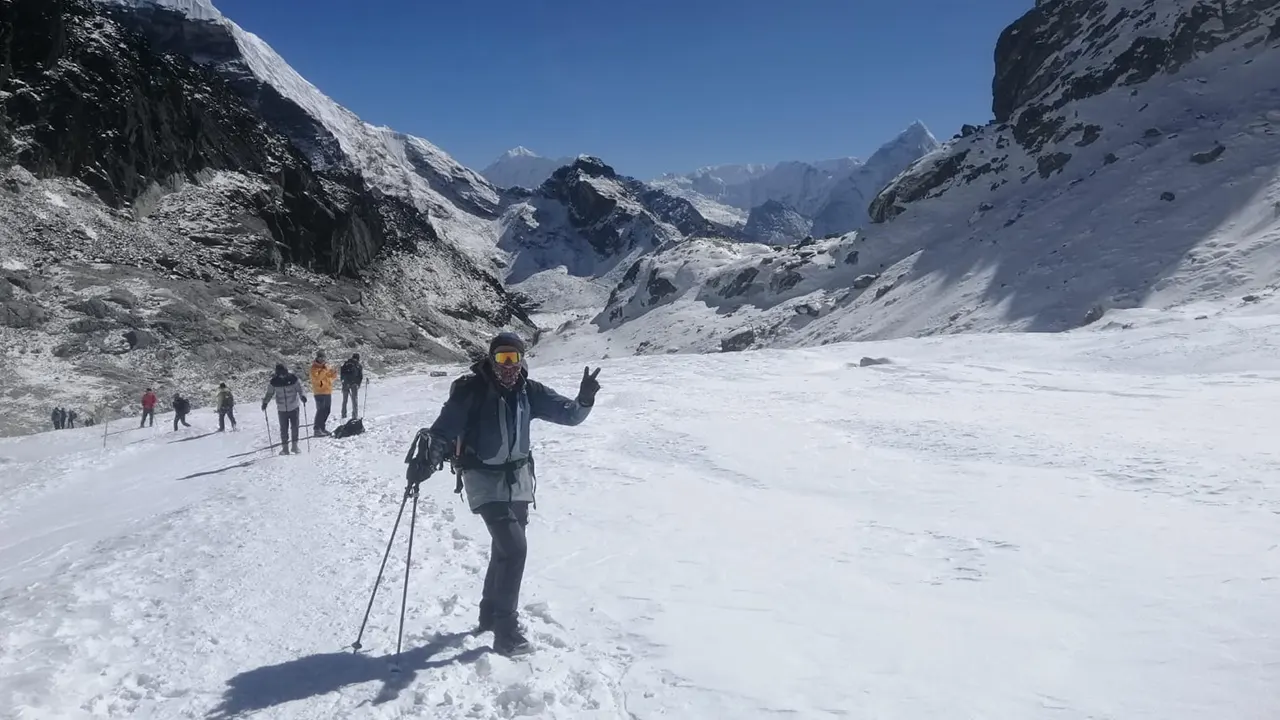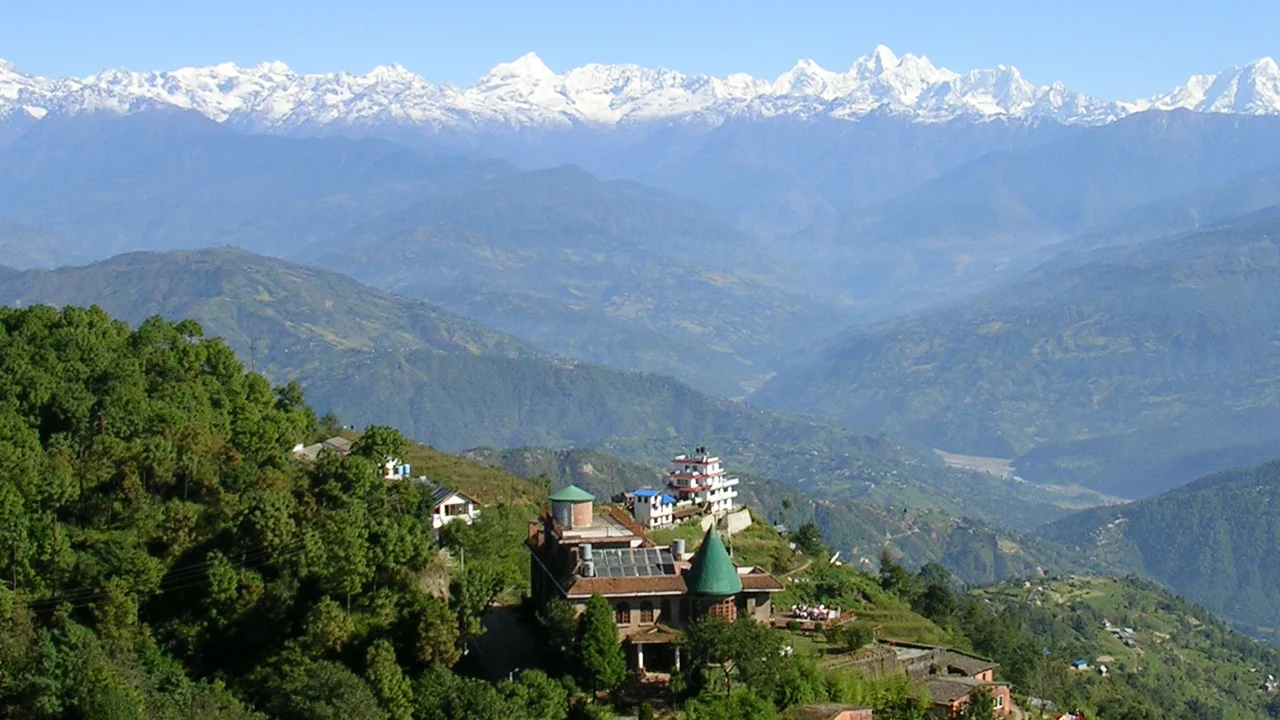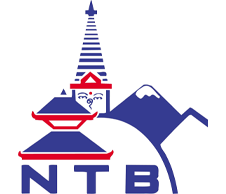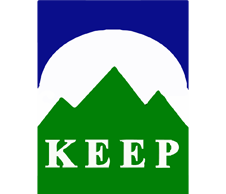The adventure begins with a long scenic drive from Kathmandu through terraced farmlands, winding mountain roads, and deep river valleys. You’ll follow the Bhote Koshi and Sun Koshi rivers, with views of scattered villages, green hills, and distant snow-capped peaks. After about 8 hours, you reach Jagat, a small riverside settlement that marks the gateway to the Rolwaling Valley. Here, you’ll settle into a local teahouse for the night. It’s a good day to stretch your legs after the journey and prepare your gear for trekking.
Rolwaling Valley Trek – 14 Days

Overview
The Rolwaling Valley Trek is a hidden gem in Nepal, offering a rare mix of high-altitude adventure, pristine landscapes, and authentic Himalayan culture. Unlike the more popular trails of Everest or Annapurna, this trek takes you deep into the remote Rolwaling Valley, where dramatic glaciers, alpine meadows, and rugged ridges dominate the scenery.
Starting from the lush lower hills near Dolakha, the trail passes through terraced farmlands, small Sherpa villages, and dense forests. As you ascend, the landscape changes dramatically into glacial valleys and high passes, including the challenging Tashi Lapcha Pass, providing spectacular views of Gauri Shankar (7,134m) and other surrounding Himalayan peaks. This trek is perfect for travelers who want to experience Nepal’s wild side, away from crowded trekking routes.
One of the main highlights of the trek is the opportunity to witness the cultural richness of Sherpa communities, whose traditions and mountain lifestyle have remained largely untouched by modern tourism. Along the way, you’ll camp in pristine wilderness, cross rivers via suspension bridges, and enjoy clear night skies ideal for stargazing.
The 14-day journey is physically demanding, with daily trekking of 6–9 hours and significant altitude gain, making it suitable for trekkers with high-altitude trekking experience. Accommodation is a mix of tea houses in lower areas and camping at higher elevations, with a support team providing meals, tents, and guidance to ensure safety and comfort throughout the trek.
The Rolwaling Valley Trek is more than just a trek—it’s a journey into one of Nepal’s most untouched Himalayan regions. It offers a perfect balance of adventure, culture, and wilderness, rewarding trekkers with memories of rugged landscapes, towering peaks, and the unique serenity of remote mountain life.
Highlights of Rolwaling Valley Trek
- Trek through the remote Rolwaling Valley, a hidden gem of the Himalayas.
- Cross challenging high passes, including Tashi Lapcha Pass, for panoramic mountain views.
- Explore the base of Gauri Shankar (7,134m), a sacred peak for local Sherpas.
- Discover traditional Sherpa villages and experience authentic Himalayan culture.
- Walk through diverse landscapes: forests, alpine meadows, glaciers, and rocky ridges.
- Visit Chhukung and Beding-style settlements and enjoy warm local hospitality.
- Witness stunning Himalayan panoramas of Everest, Makalu, and Cho Oyu from key viewpoints.
- Experience true wilderness trekking, far from crowded trails of Everest or Annapurna.
- Camp in pristine locations with clear night skies for stargazing.
- A perfect adventure for trekkers seeking off-the-beaten-path high-altitude trekking in Nepal.
The trek officially begins as you ascend through terraced hillsides and small hamlets. The trail climbs steadily with views of Gauri Shankar (7,145 m), a sacred peak in both Hindu and Buddhist traditions. Simigaon is a Sherpa and Tamang village perched on a ridge, with a colorful monastery surrounded by fields of potatoes and barley. Tonight, you’ll stay in a teahouse, enjoy Sherpa hospitality, and perhaps witness evening prayers at the local monastery.
The trail leads you into dense rhododendron and pine forests, gradually gaining altitude along the Rolwaling Khola valley. Wooden bridges cross tumbling streams, while waterfalls cascade down the cliffs. Wildlife such as Himalayan monals (Nepal’s national bird) or musk deer may be spotted. Gyalche is a quiet settlement with limited facilities, where you’ll stay in a rustic teahouse. The air feels noticeably thinner, so remember to pace yourself and hydrate well.
A steady climb brings you deeper into the Rolwaling Valley, with spectacular views of Gauri Shankar and Melungtse. The trail follows the Rolwaling River, passing yak pastures and tiny settlements. Bedding is the largest village in the valley and the main Sherpa settlement. Its stone houses, prayer flags, and mani walls reflect the deep Buddhist traditions of the region. You’ll spend the night in a teahouse, warmed by hearty Sherpa meals such as noodle soup or potato stew.
Today’s trek is relatively short but important for gradual acclimatization. The trail continues through yak pastures with wide views of snow peaks. Na is a high-altitude summer village used by herders, with only a few basic teahouses open during trekking season. It is beautifully situated beneath peaks like Chekigo and Ramdung. The afternoon is free to explore or rest. Accommodation is basic but cozy, often with communal dining where trekkers and locals gather.
A rest and acclimatization day is essential before heading toward the Tashi Lapcha Pass. You can hike to nearby ridges for panoramic views of Chobutse (6,685 m) and the surrounding Rolwaling peaks. Some trekkers choose to explore Yalung Peak base or simply wander the yak pastures. It’s a good day to rehydrate, reorganize gear, and conserve energy for the high-altitude journey ahead.
The trek gains significant altitude as you leave the pastures and enter rugged glacial terrain. The trail is marked by rock cairns and crosses scree slopes and small glacial streams. The air is thin, and trekking requires slow, steady pacing. Chyukyoma is a small campsite near the glacier with limited facilities, where you’ll stay in a teahouse if open. Nights are colder now, with temperatures often below freezing.
Today’s route traverses the mighty Trakarding Glacier, surrounded by towering ice walls and rock cliffs. The path involves boulder-hopping, icy sections, and sometimes ropes for safety. It’s a raw, dramatic landscape with few signs of habitation. Camping on the glacier is an unforgettable experience, where your crew will set up tents on rocky platforms. The night sky here is dazzling, with millions of stars visible in the crisp mountain air.
The route continues across glacial moraine and steep rocky ridges toward the base of the Tashi Lapcha Pass. The altitude is demanding, and careful pacing is essential. Tashilapcha Phedi (also called Tashi Lapcha Base Camp) is a remote, windswept campsite surrounded by ice and rock. Tents are pitched on uneven ground, and meals are simple but nourishing. This night is one of the most challenging due to cold temperatures and altitude.
The big day: crossing Tashi Lapcha Pass (5,755 m), one of Nepal’s most challenging trekking passes. The climb involves snow, ice, and sometimes the use of ropes and crampons, depending on conditions. From the pass, the views of Everest, Tengi Ragi Tau, and the Rolwaling peaks are breathtaking. Descend carefully into the Khumbu region, reaching Pachermo High Camp (Tashi Puk). Tonight’s camping is cold and exposed but unforgettable.
After days in rugged wilderness, today feels rewarding as you descend into the green valleys of the Khumbu. The trail passes yak pastures and alpine streams before reaching Thame, a historic Sherpa village famous for its monastery and as the home of renowned Everest climbers. You’ll stay in a comfortable teahouse, enjoy hearty meals, and breathe easier in the thicker air.
A short, scenic trek brings you to Namche Bazaar, the vibrant heart of the Khumbu region. The trail follows gentle forest paths with views of peaks like Thamserku and Kongde. Namche is bustling with lodges, bakeries, shops, and internet cafés. After many nights in remote camps, this feels like luxury. Spend the evening exploring the town or relaxing with a fresh coffee and bakery treat.
The final trekking day follows the classic Everest trail downhill through pine forests and Sherpa villages. Prayer wheels, mani walls, and chortens line the path. The trail eventually reaches Lukla, where you’ll celebrate the completion of your trek with your team. A comfortable lodge with good food and hot showers awaits.
An early morning scenic flight takes you back to Kathmandu, with sweeping views of the Himalayas. Once in the city, you’ll transfer to your hotel and enjoy modern comforts. This is a great day to relax, shop for souvenirs, or celebrate your achievement with a farewell dinner.
Cost Includes
- All required trekking permits, including Rolwaling Restricted Area Permit and TIMS Card
- Domestic flights (Kathmandu – Lukla/Rolwaling region, if applicable) with airport transfers
- Accommodation in Kathmandu (3-star hotel) on bed & breakfast basis
- Full-board meals (breakfast, lunch, dinner) during the Rolwaling Valley trek
- Accommodation in tea houses or tents along the trekking route
- Experienced English-speaking guide and necessary porters with wages, meals, insurance, and equipment
- Complete camping equipment, including tents, kitchen gear, and cooking staff, for remote sections
- Welcome and farewell dinners in Kathmandu
- First aid medical kit carried by the guide
- All government taxes and official service charges
Cost Excludes
- International flights to/from Nepal
- Nepal visa fee on arrival
- Personal trekking equipment (sleeping bag, down jacket, boots, etc.)
- Extra nights in Kathmandu or transit cities due to flight delays or unforeseen circumstances
- Meals and drinks in Kathmandu (outside included meals)
- Travel and medical insurance (must cover high-altitude trekking & emergency evacuation)
- Personal expenses: snacks, hot showers, laundry, charging, internet, bottled water
- Emergency evacuation or costs due to weather delays, landslides, or unforeseen circumstances
- Tips for guides, porters, and support staff (optional but appreciated)
FAQs
The Rolwaling Valley Trek is a moderately to highly challenging trek. It involves long trekking days, steep ascents and descents, and crossing high passes like Tashi Lapcha Pass. Trekkers should have prior high-altitude trekking experience, good physical fitness, and the ability to walk 6–8 hours daily in rugged terrain.
The ideal seasons are spring (March–May) and autumn (September–November). Spring offers vibrant rhododendron forests and clear skies, while autumn brings crisp air and stable weather, perfect for trekking in high-altitude areas. Winter and monsoon are not recommended due to snow, icy trails, and landslides.
Yes. The Rolwaling Valley Trek reaches high elevations above 5,000m, requires crossing challenging passes, and includes camping in remote areas. Previous trekking experience in Nepal’s Himalayas, such as Everest Base Camp or Annapurna Circuit, is highly recommended.
Accommodation is a mix of tea houses and camping. Lower elevations have simple tea houses with basic meals and lodging. Higher and remote areas require camping with a full support team providing tents, kitchen gear, and meals. This setup ensures comfort while trekking in isolated regions.
Daily trekking averages 6–8 hours, with some high pass days taking up to 9–10 hours. Trekkers are encouraged to maintain a steady pace with regular breaks for meals, acclimatization, and photography. The trail includes forests, river valleys, glaciers, and rugged mountain ridges.
Yes, acclimatization is essential. The trek crosses elevations above 5,000m, where altitude sickness is possible. The itinerary includes acclimatization days, and trekkers are advised to drink plenty of water, walk slowly, and rest adequately to minimize altitude-related risks.
Trekkers need:
-
Rolwaling Restricted Area Permit
-
TIMS Card (Trekkers’ Information Management System)
These permits are mandatory to enter restricted and protected regions, and your trekking agency will arrange them prior to departure.
During tea house sections, meals include Nepali staples like dal bhat, noodles, soups, and bread. During camping days, the crew prepares fresh meals, including vegetarian options, to maintain energy for high-altitude trekking. Hot drinks such as tea, coffee, and soup are provided regularly.
Due to its remote location and technical sections, solo trekking is not recommended. It’s safer to trek with a licensed guide, porters, and support team, especially for camping days and high pass crossings. Solo trekkers may face challenges due to unpredictable weather, limited facilities, and high-altitude risks.
Rolwaling Valley Trek – 14 Days
Trekking & Hiking Adventure




